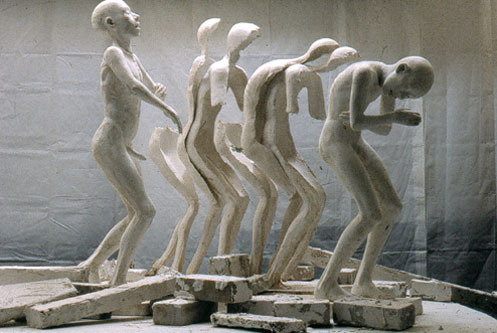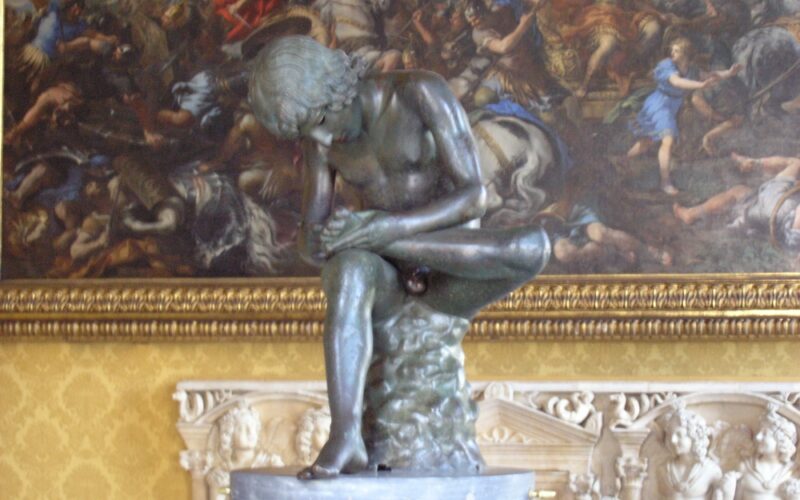The human body in its most authentic form, naked and pure, has always been a protagonist in art. While common perception might lean towards a dominance of the female form, art history shows us a different reality: statues of young males, crafted in both bronze and marble, eloquently celebrate the beauty of a form that, despite its adolescent tenderness, promises an imposing musculature.
Ancient Greece is the cradle of this enchantment, where the male body is deified and transformed into a symbol of strength and virtue. There are numerous examples, such as the Apollo Belvedere, which embodies the beauty ideal of a young man in the prime of life, a perfect blend of vigor and grace, passion and intelligence.
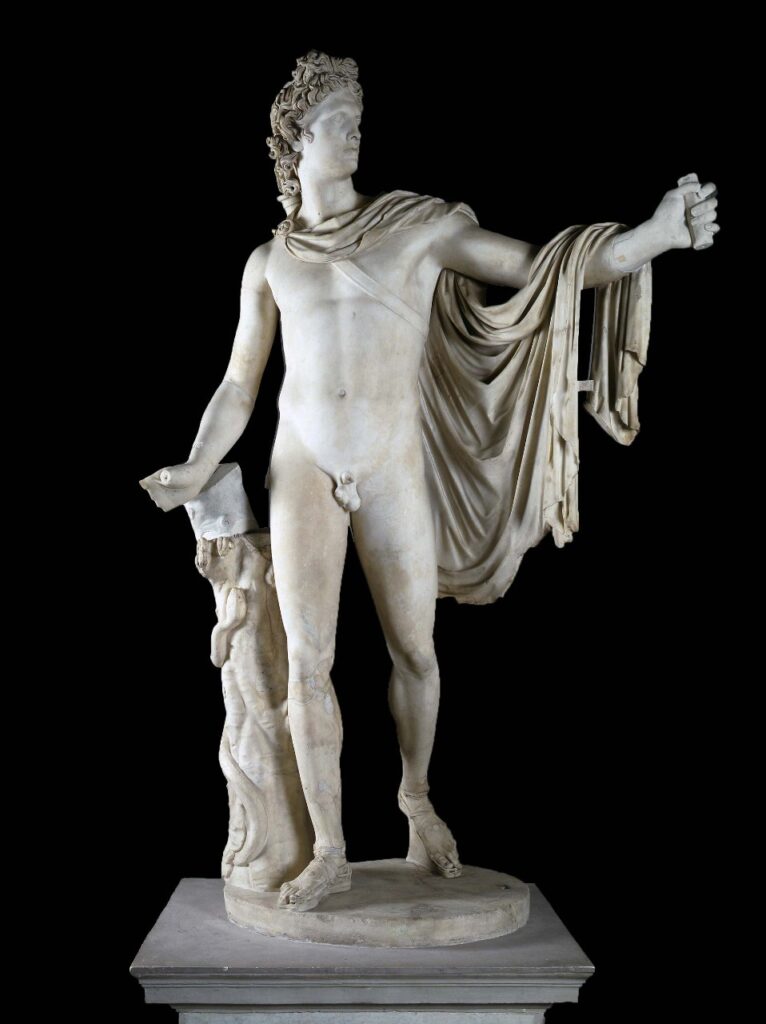
Another intriguing representation is the Sleeping Hermaphroditus, a figure that combines male and female elements, representing a perfect fusion of the two sexes. This mythological creature, offspring of Aphrodite and Hermes, embodies a form of beauty that is ambiguous and complex, transcending simple gender distinctions.
Hellenistic art provides further instances, like the statue of the Youth of Mozia. This Greek marble sculpture, depicting a nude youth in a heroic pose, might represent an athlete in the midst of effort. The Youth of Mozia, with his slender and muscular body, represents the ideal of youthful beauty in Hellenistic art.
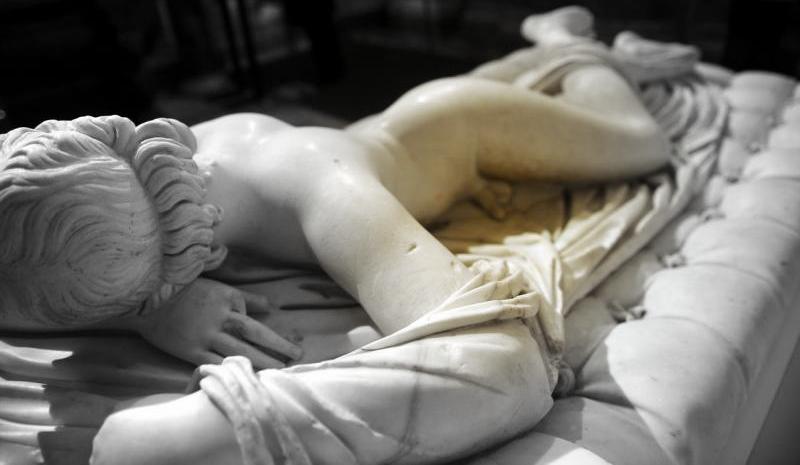
Art does not merely explore the physicality of the male body. Nudity is seen as a call back to primordial purity, a rejection of constraining social structures. Thus, the image of the nude youth becomes a symbol of original innocence and a spiritual and moral ideal.
In the classical era, art focuses on the depiction of the adolescent body. A paradigmatic example is Polykleitos’ Doryphoros, portraying a young athlete in the fullness of his strength, balanced between the carefreeness of youth and the impending maturity.
Even in more recent times, adolescence has been a recurring theme in sculpture and art. For instance, Auguste Rodin, a 19th-century French artist, created significant works on this theme, like “The Age of Bronze,” depicting a young man on the cusp of maturity.
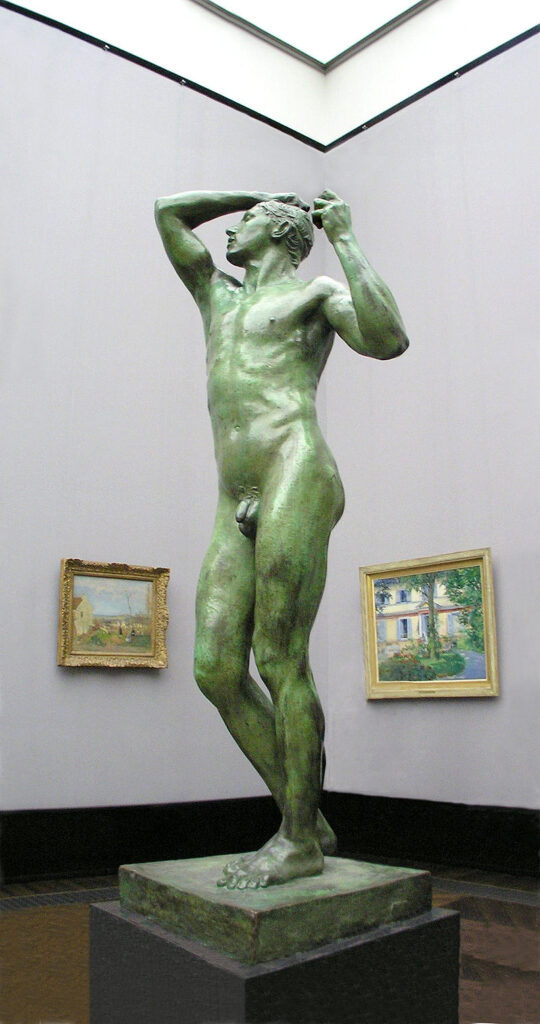
Contemporary art is not immune to this allure. Will McBride, a German-American photographer and sculptor, has produced bronze sculptures of adolescents. McBride is known for his provocative photographs that document the life and growth of youth, often challenging social and cultural conventions.
From a psychological perspective, the attraction to the beauty of young men can be interpreted as a desire to capture and preserve beauty and youth. Many art masterpieces portray young figures in the fullness of their splendor, as if to immortalize that moment of perfection before time leaves its mark.
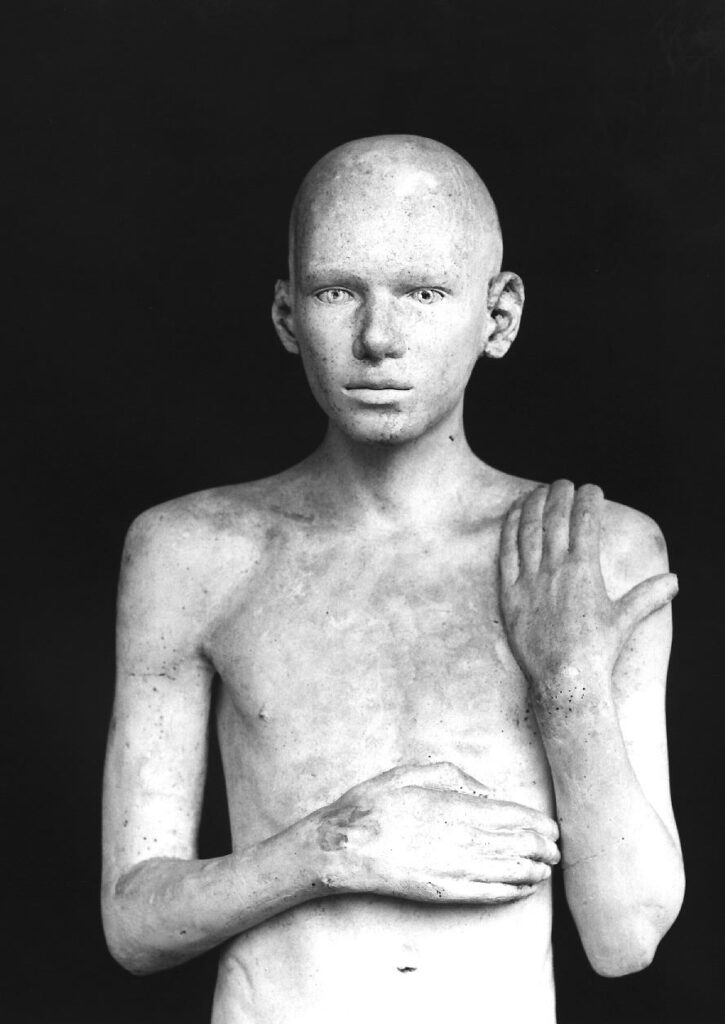
In this context, the statues of young men in bronze and marble represent an important chapter in the history of art. These works remind us that beauty is a broader and deeper concept than one might expect, allowing us to appreciate beauty in all its forms.
In light of the above, it becomes clear how the representation of adolescence in sculpture is a recurring theme that spans epochs and cultures. Each artist, in their own time and way, has sought to capture the essence of this life stage, creating works that reflect both the outer beauty and the inner tumults of adolescence.
